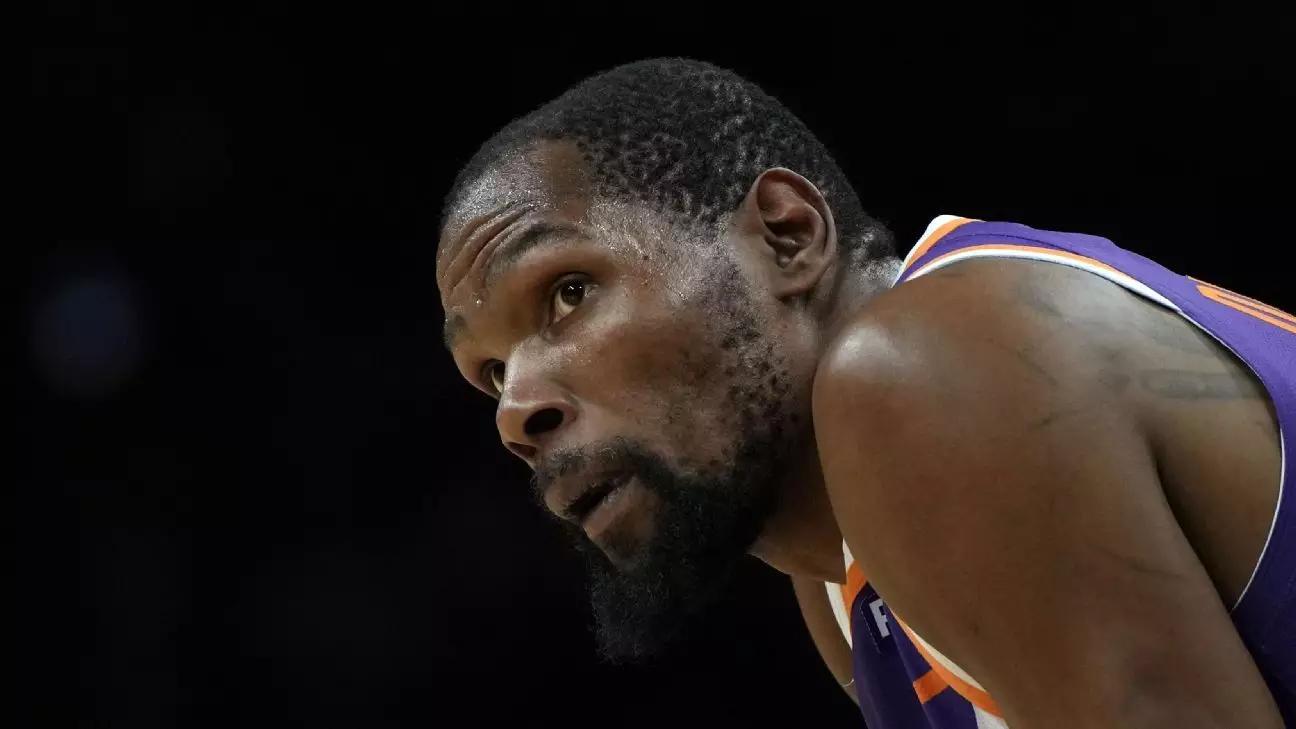The recent multi-team blockbuster involving Kevin Durant signifies more than just a roster shuffle; it marks a seismic shift in how NBA transactions are approached and executed. Traditionally, trades involved two to three teams and a handful of players or draft picks. However, the recent seven-team saga exemplifies a growing trend toward unprecedented complexity, transforming the league’s trade operations into intricate financial and strategic ballet. This multi-layered deal is a testament to the league’s evolving ecosystem, where players, franchises, and front offices operate within an increasingly interconnected web of negotiations and strategic maneuvers.
What makes this trade truly remarkable isn’t just the players exchanged or the draft picks involved — it’s the implications for the league’s future. The players involved, including Durant, Green, and Brooks, are significant assets, yet they are also pawns within a broader game of franchise resurrection, salary cap management, and strategic positioning. The fact that a player of Durant’s caliber moved across multiple teams in a deal of this magnitude underscores how franchises are shifting their paradigms—viewing players less as assets and more as components of a larger puzzle designed to secure long-term success.
Strategic Mastery Behind the Complex Web
The trade’s complexity reveals a league increasingly driven by strategic finesse. The inclusion of multiple second-round picks, cash considerations, and draft pick swaps speaks to a calculated calculus where teams are valuing flexibility and future assets over immediate gains. For example, Phoenix’s maneuvering—using the second-round picks to acquire other assets and draft selections—demonstrates a newer layer of intelligence in roster building, where draft capital and future trade leverage often outweigh immediate star power.
Houston’s decision to bring back Clint Capela, a seasoned center familiar with the franchise, underscores a recognition of the importance of continuity amid chaos. This move isn’t just about adding depth; it’s about creating stability and veteran presence in a rapidly changing team dynamic. Additionally, the strategic use of cash considerations to facilitate deals, often overlooked in more straightforward trades, now plays a significant role in balancing franchise budgets since cap space remains a hot commodity. These moves reflect a league where financial acumen aligns closely with on-court performance.
From an analytical standpoint, teams are now engaging in trade negotiations with a long-term view—balancing immediate competitiveness with future flexibility. This shift is powered by the realization that sustained success in the NBA is driven not solely by star power but by the ability to adapt fiscally, manage roster depth efficiently, and leverage draft assets. Such moves suggest an evolution where franchise success depends less on one-time big wins and more on continuous strategic planning and complex, multi-layered negotiations.
The Implications for League Dynamics and Player Mobility
This transaction reflects a larger philosophical change in the league’s approach to player mobility and team-building. The expansive nature of the trade not only allows different teams to recalibrate their rosters but also enhances their bargaining power across the league. By involving multiple teams in a single deal, franchises are broadening competitive landscapes and increasing the fluidity of player movement.
For players, this ongoing complexity creates both opportunities and uncertainties. Kevin Durant’s own reflection on social media points to an evolving NBA culture—one that appreciates individual journeys yet recognizes the transient nature of player-team relationships. For the league at large, this trade signals a future where franchises think holistically about their trajectory, continually reshaping their identity through multi-layered trades designed for both immediate impact and future flexibility.
This trade also underscores the importance of strategic patience. While the burn of a recent playoff exit or a star player’s departure may be emotional, savvy franchises understand that success often involves weathering the storm of transition. The process involves not only acquiring talent but also managing cap space, draft picks, and veteran assets—all within the framework of a complex, interconnected NBA universe.
In essence, this monumental transaction isn’t merely about moving players or draft picks; it’s an intricate chess match that exemplifies the modern NBA’s shift toward strategic depth and adaptability. As teams embrace greater sophistication in their front office operations, the league is poised to become even more competitive, innovative, and surprising. It’s a bold new era—one defined by complexity, foresight, and relentless pursuit of excellence.

